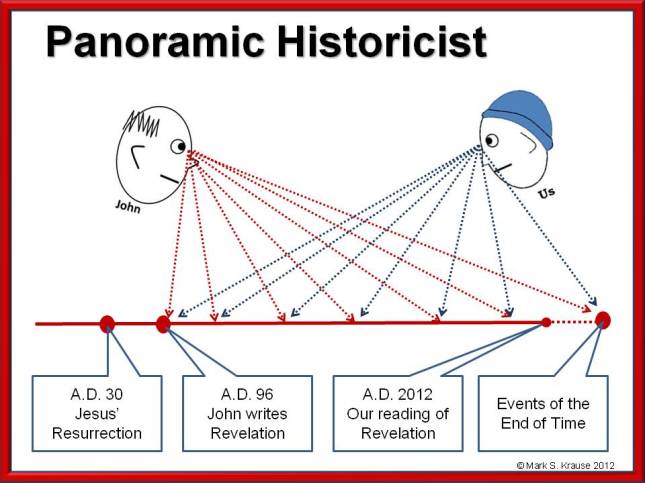Last week my family and I viewed the new flick, “The Dark Knight Rises.” It is a spectacular, tightly woven movie with interesting, well developed characters and stupendous action scenes. I was struck throughout the movie by the symbolic themes, often borrowed and reimagined from some unlikely sources. One of these is surely the French Revolution. I noticed parallels to this late eighteenth century events in at least four places.
Spoiler Alert: this blog will reveal several details of the plot of “The Dark Knight Rises.”
First, a turning point in the movie was the release of prisoners from Blackgate Prison, a fairly obvious parallel to the storming of the Bastille prison in Paris that is seen as the beginning of the French Revolution. The difference is that the Frenchmen released were political prisoners, the Blackgaters were a horde of hardened criminals.
Second, once the “revolutionaries” are in control (led by the arch-villain Bane), the people are allowed and encouraged to loot the homes of the rich and take whatever they want. This is clearly reminiscent of the chaos that ensued during the French revolution, when great houses and estates were plundered and burned.
Third, “The Dark Knight Rises” portrays a people’s court that quickly judges its enemies. The presiding judge is the insane Scarecrow from the previous movies, now seated at a desk on a mountain of debris in a ruined great hall. His judgments are quick, usually the sentence of death. I was almost expecting them to use a guillotine, for this, too, is a parody of the quick and deadly judgments of the impromptu peoples’ courts of the French Revolution.
Fourth, and most striking, were the words said at the graveside service for Batman (supposedly dead). He is eulogized by Commissioner Gordon using the word from Charles Dickens’ A Tale of Two Cities, “‘Tis a far, far better thing I do than I have ever done …” Those familiar with the Dickens novel will know that these are the last words of the book’s anti-hero, Sydney Carton, who finally sacrifices himself to save one of the endangered aristocrats, the noble Charles Darnay. Dickens’ portrayal of the French Revolution is filled with distaste and horror that the French would execute their own king and destroy the social order of their day. (He seems to conveniently forget that the English cut off the head of their king a century earlier).
“The Dark Knight Rises” rewrites the outcome of the French Revolution. The revolutionaries are anarchistic, nihilistic bad guys who seek only to destroy. Their leaders are not intent on revolution, but on the total destruction of Gotham by a nuclear device (the goal of the sinister League of Shadows). And they do not win.
What are we to make of these themes and parallels? What is the message? That the wipe out of the wealthy 1% will lead to chaos? That society is best when in the hands of a benevolent, wealth elite? I don’t know, but the reminiscences of the French Revolution helped make a great movie even better for a history buff like me.
Mark Krause
Nebraska Christian College









